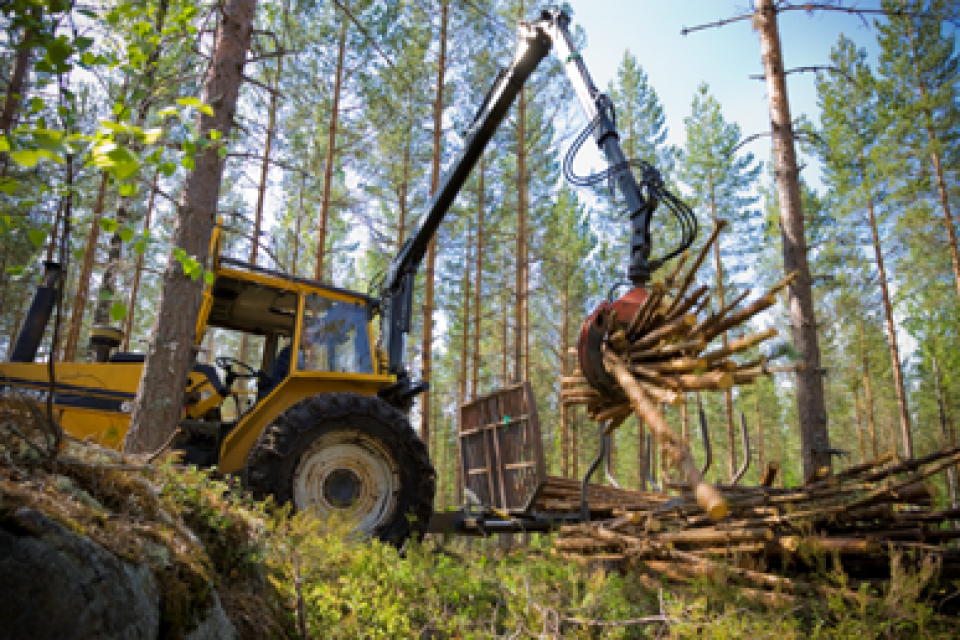
Hameenlinna, Southern Finland. Total land area of 2 000 km2 of which forests around 69% (1415 km2) and protected areas 1840 hectares, located in Vanajavesi watershed area.
Informing policy makers at national and EU level about the short and long term consequences of forest bioenergy production and its trade-offs for other ecosystem services.
- Increased knowledge - for regional stakeholders and policy makers, as well as for researchers - on the environmental and socio-economic impacts of forest bioenergy production.
- Increased understanding of different stakeholder perceptions on regional bioenergy production and its impacts.
- Increased understanding of links between EU and national policy making.
Three kinds of results are provided: first on the actual impact on the forest bioenergy production, second on the stakeholder perceptions on the different bioenergy options and third on the applicability of the MCDA methodology for this kind of context. Knowledge on the actual impacts and associated stakeholder preferences can be relevant for both policy making and bioenergy research in other countries.
Removal of stumps appears not to be part of sustainable use of forest bioenergy.~Removal of other harvest residuals can be carried out in a way that maintains forest ecosystem services in the long run.~Stakeholder preferences for different management options appeared to be similar.~
